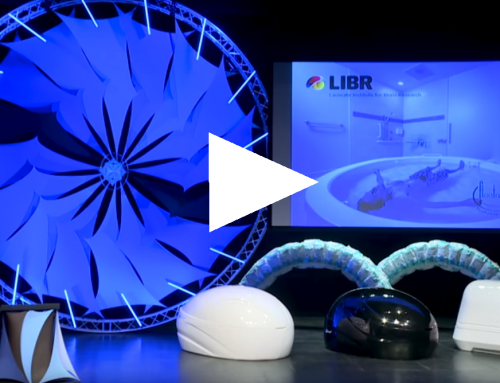What are Brainwaves?
Tibetan meditating monks being bio-scanned.
For year Dr Herbert Benson of Harvard medical school has been conducting experiments on Buddhist monks from Tibetan monasteries, to asses the effects of meditation on the bodies metabolism. His research has provided a remarkable insight into the ways the mind can alter the functioning of the body.
How the brain changes it’s organisation
Zoran Josipocic from New York University conducting a research study of the brain of people who are experienced in meditation. Looking at how the brain can change its organisation as a result of atention and awareness.
Zen and the Brain
As part of Google Tech Talks Dr James Austin from the University of Colorado heath sciences center gives an interesting talk on the links between meditation and neurological workings of the brain.
A study by Gary S. Stern(Associate Professor Psychology- U of Colorado at Denver) found that ”the significant effect of floating… indicates that individuals who had floated in the isolation tank for one hour significantly raised their theta level.”
Another larger controlled study by Professor Thomas E. Taylor(Texas A&M) analyzed the effects of floating on severable types of learning abilities, comparing floaters with people in a relaxed state in a dark, quiet room. Both the float and non-float groups were measured with EEGs, and the study found that floating leads to an increase in the generation of theta waves.
Biofeedback expert Thomas Budzynski concluded that float tanks increase the production of theta waves and believes that this has great potential for opening the mind to learning.
Beta-[13-30Hz]– Waking rhythm: The brain is focusing on the word outside itself, or dealing with concrete specific situations.
Alpha[8-12Hz]- These waves are often present when the brain is alert but unfocused. Most people generate alpha waves when their eyes are closed. They are frequently associated with feelings of relaxation and calmness
Theta [4-7Hz] –As calmness and relaxation deepen into drowsiness, the brain shifts to slower, more powerfully rhythmic waves. Everyone generates theta waves at least twice per day: in those fleeting instants when we drift from conscious drowsiness into sleep and again when we rise from sleep to consciousness as we awaken. Accompanied by unexpected, unpredictable dreamlike vivid mental images(hypnagogic images)




